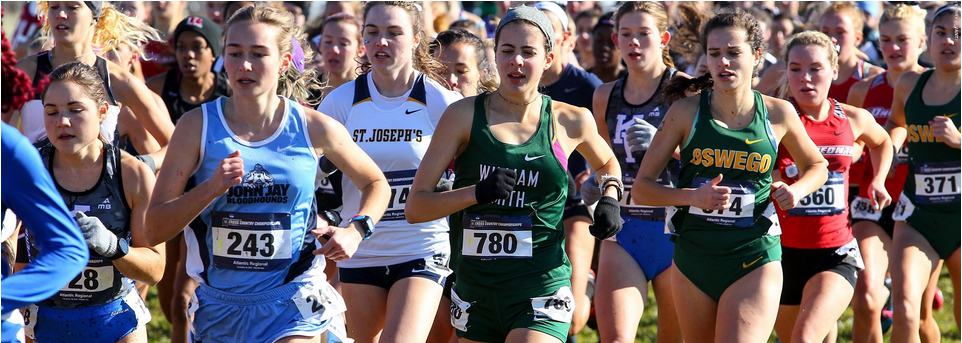Women’s Sports
By Karen Osburn, City of Geneva Historian
Sports is a subject I find difficult to get excited about. I am not very competitive and prefer activities where I don’t disappoint team members. This is why I like horseback riding, hiking, camping, yoga, and crafts, I don’t have to explain why I did or did not do something. Having said that, I do remember a time before the Title IX law was passed when there were fewer athletic opportunities for women in high school or college sports and I wonder if I would be more of a sports enthusiast today if I had the chance to play a sport competitively when I was in high school.
I graduated high school before the Education Amendments of 1972 were passed. One part of those amendments was Title IX, a Federal civil rights law co-authored and introduced by Senator Birch Bayh and Congresswoman Patsy Mink. Title IX was enacted to take care of a loophole in the Civil Rights Act of 1964, which did not specifically rule out sex discrimination for persons in educational institutions. Title IX was enacted to correct that inequity. At the time the bill was passed Congressman John Tower proposed an amendment to Title IX that would exempt revenue producing sports in schools from conforming to the full content of Title IX. is amendment failed but led to the incorrect perception of Title IX as a sports equality law.
What inspired me to write about women’s sports was seeing all the cross country and track teams, both male and female, running the streets of Geneva, training for meets. When I was in high school our standout team was cross country. Most of our teams did not do well in completion but our cross country team took both the Section 5 and State Championships in 1969! At the time they accomplished this feat it was an all-male team. The following year the team was faced with a new challenge. One of the runners had a younger sister who wanted to join the team, what to do? I don’t know what discussions went on within the faculty and administration circles, however I do know many of the students, both male and female were not in favor of allowing her to join the team. The female students were mostly afraid she would be completion for their “jock” boyfriends and the male students were self-conscience and concerned about being beaten by a girl. Still in the end she was allowed to join the team and did pretty well. Our school district was more progressive than some, obviously.

Member of the William Smith Cross Country Team (#780)
As for other sports they did not have any girls that I was aware of vying to get on their teams. Baseball, football and basketball remained all male for years longer before competitive women’s teams formed. Girls played intramural sports and were cheerleaders, but not much else.
Today is very different in comparison. High schools have girl’s teams in softball, field hockey, lacrosse, soccer, basketball and more. Cheerleading is now a highly competitive sport with teams doing gymnastic routines that remind me of the Olympics. In intercollegiate sports our local William Smith College has twelve listed sports – basketball, lacrosse, squash, sailing, rowing, tennis, golf, field hockey, ice hockey, cross country, swimming and diving, and soccer. There are also several William Smith athletic clubs listed including volleyball and rugby and a few Hobart and William Smith athletic clubs.
Women have come a long way in the sports world as evidenced by the U.S. Women’s Soccer Team taking the 2015 and 2019 FIFA Women’s World Cup championships. In the past I’ve overlooked women’s athletics, but the Geneva Historical Society’s exhibits and the William Smith and Geneva High School cross country teams have reminded me of what sports were like in the 1960s, and I am happy to see what a difference Title IX has made for women.
To discover more about local sports history, visit the Historical Society’s newest exhibits Statesmen, Herons & Lakers: College Sports in Geneva and Come Out and Play: Sports and Recreation in Geneva at the Geneva History Museum.
